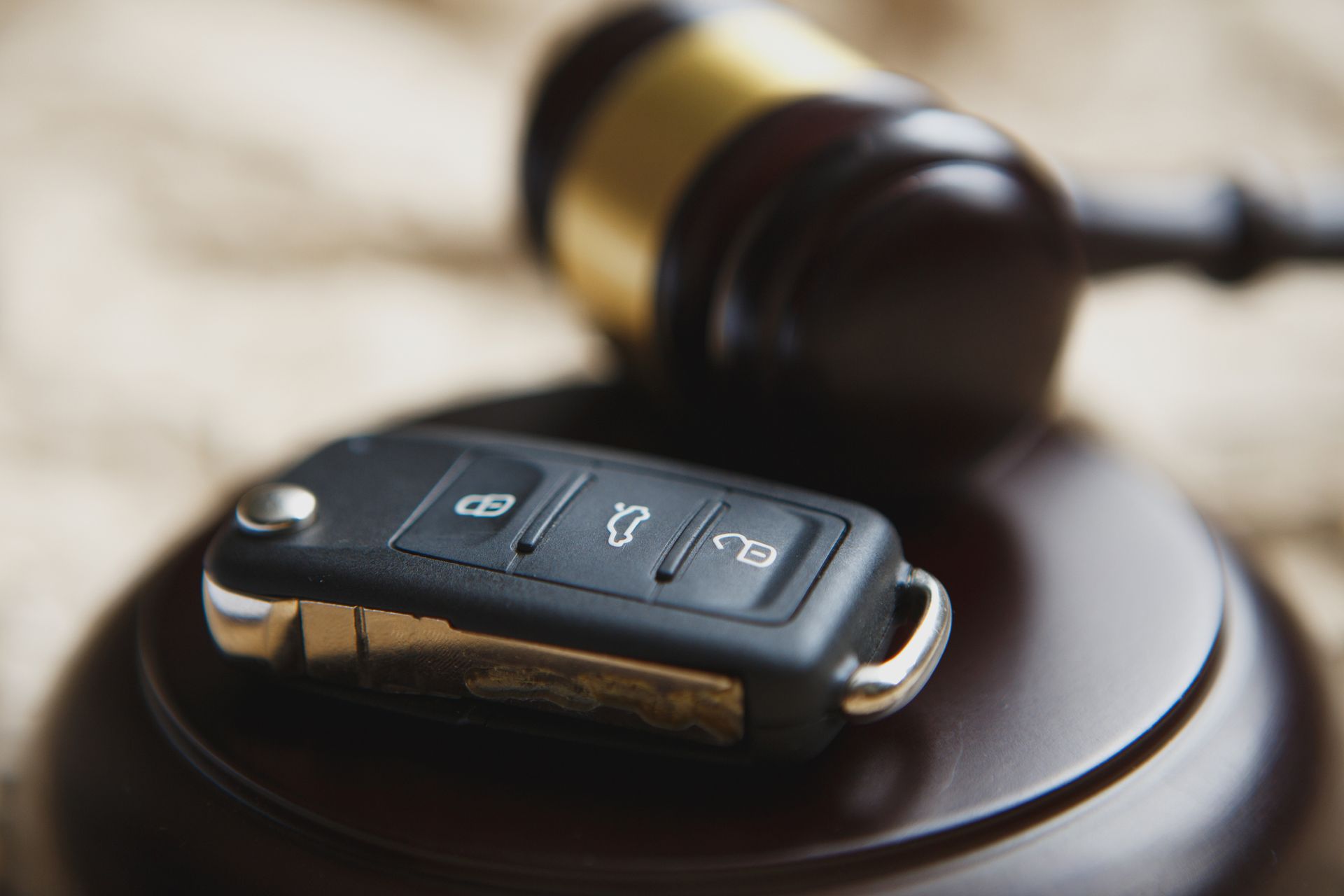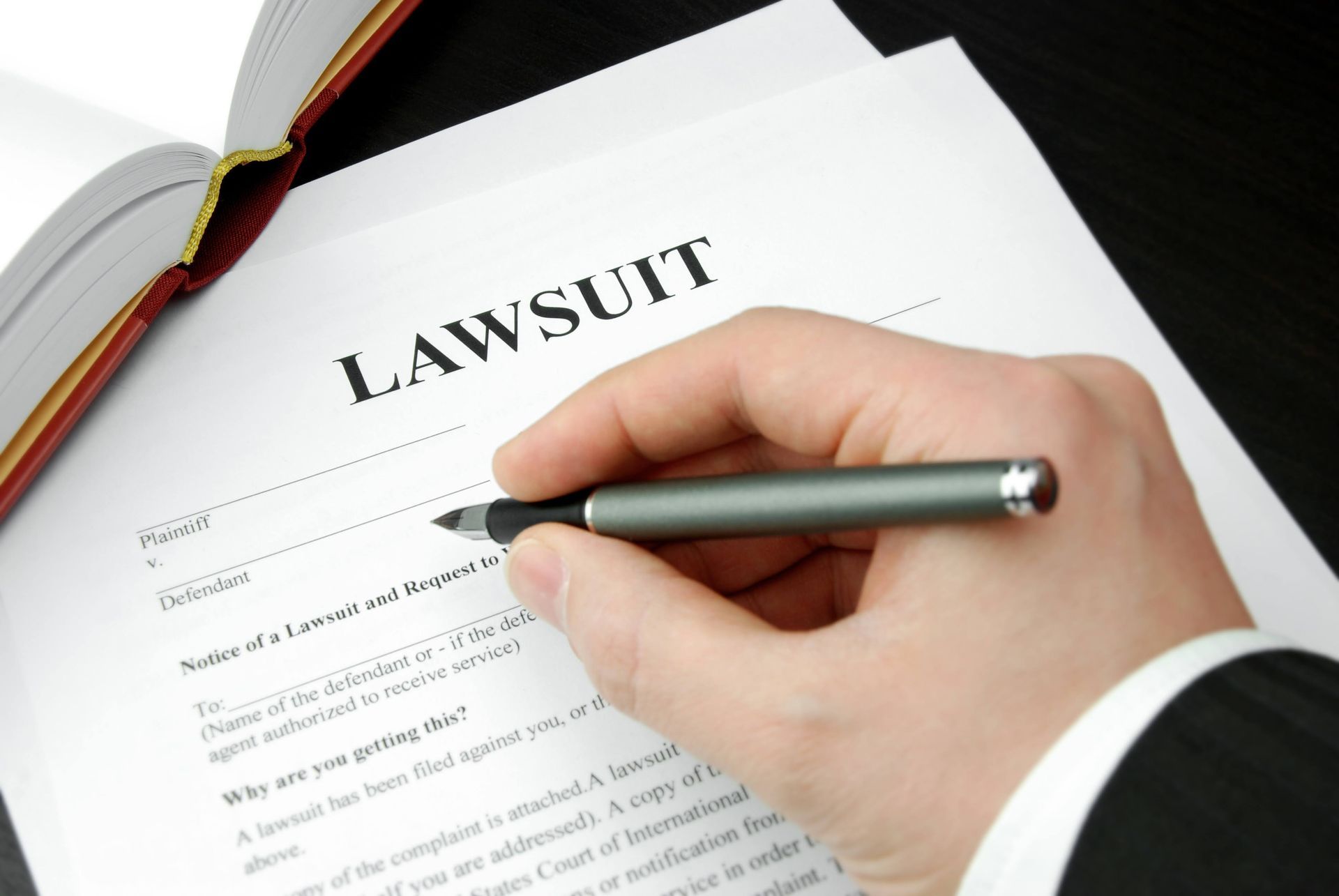Steps in a Personal Injury Claims Process
The personal injury claims process can seem overwhelming and confusing, especially if it is your first time going through it. However, knowing the process can prepare you for any challenges and allow you to make the best decisions possible. Learn more with this rundown of the steps in a typical personal injury claim.
Seeking Medical Help
Getting a proper diagnosis and treatment for your injuries and documenting your injuries and treatment plan is critical. Not only will this aid in your healing process, but it will also serve as compelling proof in your legal case.
Gathering Evidence
Enough evidence can help defend your case and boost your chances of getting your rightful compensation. The evidence can include police reports, witness statements, and photographs or videos of the accident scene. Also, keep a record of all the money you spend on accident-related medical care and keep all your receipts.
Calculating Your Damages
The value of an injury claim is determined by calculating the damages. Damages include economic and non-economic ones, such as medical bills and lost wages, as well as pain and suffering. Understanding the worth of your injury claim will help you decide how much to file for and will calculate your compensation.
Consulting With a Personal Injury Attorney
An attorney can help you understand your rights and options and give you valuable advice as you seek compensation. They can look at your case, find evidence, talk to insurance companies or defendants, file a lawsuit, and help you with the appeals process. Find an attorney with the skills and experience to handle your case and consider the costs and benefits of hiring one.
Send a Letter of Demand
A demand letter is a formal way to ask for money and explains why the person or organization that hurt you should pay you. Send the demand letter to an insurance company (if the person who caused your injury is insured) or to the person or entity that caused your injury.
Negotiating a Settlement
When the insurance company or person who hurt you gets your demand letter, they may make you a settlement offer. You may accept this offer as is, or you may need to negotiate for a higher amount. You may need to file a lawsuit if you cannot agree on a settlement.
Filing a Lawsuit and Going to Trial
If you and the other party cannot agree on a settlement, you may need to file a lawsuit to seek compensation. When you file a lawsuit, you must prepare and file a complaint with the court, give the complaint to the defendant, and participate in the discovery process.
You will also have to present your evidence and arguments to a judge or jury, who will decide whether you should receive compensation and how much it should be.
Because the trial could be hard and take a long time, you need an experienced lawyer.
Collecting Settlement or Appealing the Decision
You will receive a settlement if your injury claim is successful. The settlement may include negotiating a payment plan or receiving a lump-sum payment. However, if you are unhappy with the outcome of your injury case, you may be able to appeal. Filing for an appeal means filing a notice of appeal with the court and explaining why the court should change the decision.
If you want to file a personal injury claim, talk to Schonberg Law Offices for advice and help. Our team of experts will guide you through the necessary steps and do their best to ensure you get the best and fairest compensation. The sooner you seek legal counsel, the better your chances of receiving the compensation you deserve.
Do not let the fear of the unknown or the legal system's complexity hold you back. Contact us at Schonberg Law Offices to arrange a free consultation.











